for Small Businesses, Artists & Entrepreneurs
As a designer, consultant, and collaborator, I am happily witness to many businesses that have survived decades and beyond. During this time of transition, there is a lot of collective uncertainty. We don’t yet know what may unfold and I find it helpful to revisit tools that strengthen my own footing.
Despite the vast many differences between them, small business entrepreneurs, independent contractors, and artists often share a set of common traits that fundamentally connect them. These seem particularly relevant as business owners learn how to adapt to a rapidly changed and changing world during the pandemic, and for what may follow in years to come.
10 Mindset Tools for Adaptation
In the Midst of Cultural Transition
I am fortunate to be part of a community of clients, friends, and acquaintances who participate in shifting culture through interaction in their local communities. Leaders who are accustom to the practice of adaptation have some advantage as the world shifts to navigate new environments (virtual or otherwise) and ongoing changes for the coming year and (perhaps) beyond. Shelter-in-place has impacted everyone in every marketplace, especially small businesses.
These are common traits that I notice are frequently modeled or adopted by business owners who consistently achieve effective outcomes.
Unwavering Vision — they have clearly defined their vision and intent
Consistent Values — they model consistency in their values and carry these through all facets of business which may include: quality and approach to products and services, social and environmental impact, and relationship-building with customers, collaborators, and employees
Adaptability — they are flexible and adaptable; they actively push against stagnation and see challenges as opportunities for improvement (they imagine how their unique products, services, or methods of deliverability might shift in order to fulfill a need or improve life for people or businesses in their community while keeping their vision in tact)
Sustainable Growth — they don’t grow endeavors too quickly (exceeding bandwidth for growth that occurs too quickly is a primary contributing factor for businesses that close doors during the first 3 years)
Focus & Communication — they bring their focus and full attention to completing tasks and responding to the needs of customers, vendors, and collaborators; they are transparent and realistic about schedules, budgets, product supply, pricing, shipping; they communicate with customers and collaborators and update them immediately if something changes
Collaboration & Leadership — they communicate needs, listen to ideas, allow others to lead, and offer plans for decisive action
Innovation — they are part of a larger community that shares ideas and allows for differing points of view; they notice, listen, read, engage, and create new pathways in the marketplace, but not to the extent that they ignore timing, habit, affordability, or the currents and trends within their sociocultural landscape
Efficiency — they create healthy workflow patterns and adjust approach when day-to-day processes become consistently chaotic, overwhelming, or under-achieve in the marketplace
Experimentation — they create incrementally; they test products and services in the marketplace and A/B test communications and consider community feedback
Transparency — they address issues in a timely way and embrace opportunities for learning which, when authentically approached, inform how offerings and brand are refined and shaped
Giving Back & Paying Forward — they are helpful to others, share ideas, and contribute resources without overextending
These mindset tools contribute to adaptability; adaptability helps businesses remain flexible so that they can adjust to cultural unpredictabilities (ie: the marketplace). It’s worth noting that most of the small businesses I work with don’t have a static definition for success. In other words, “effective outcomes” are defined in tandem with local, collaborative, and community-focused intentions, as well as their own financial goals.
“Success” implies that both the business and the business’s mission succeed. The fact that these are tied together for mission-focused businesses is evidence for how we can create new models in an undecided future. A few examples are: building community engagement, supporting local businesses, working against unfair or oppressive social constructs, fair pay for employees and suppliers, supporting local farmers, bringing chemical-free and local products to market, social justice advocacy, fostering self-empowerment, creating equal access to holistic wellness services, shifting paradigms in our approach to death and dying, and activating community involvement to improve water quality.
These are missions that belong to people in my client community. I am in awe as I am witness to the myriad of ways that they are adapting, in all of the slow, quick, quiet, inclusive, generous, and inspirational ways. This is humanity at its best. I see people offering resources, asking for help, sharing ideas, reaching out, and checking in. This is how we transform adversity into hope, so that our small businesses are doing the best that they can while we keep our local communities connected.
I’m here to help with this process, or just have a conversation. Let’s keep sharing and finding ways to discover deeper levels of adaptability. Our local communities need this, and we will all benefit from gathering in our ideas.

